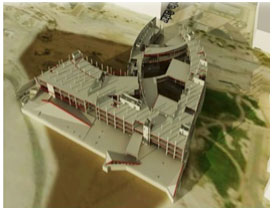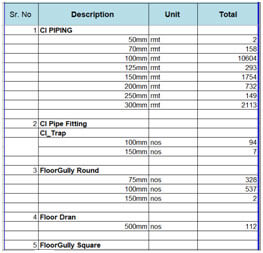3D RENDERING SERVICES
- 4D BIM SERVICES
- 5D BIM SERVICES
- 6D BIM SERVICES
4D BIM Services
Project construction schedule/sequencing is linked to the BIM model. A real time simulation of the construction sequence is shown in Navisworks Time Line or as an animation video format. During the entire duration of the project, the Planned Vs. Actual construction schedule is compared and presented.When the project plan is established in visual simulation, users can visually associate model objects and scheduledtasks. Users can click on a building object in the 4D visual environment and can view its associated task highlightedin the Gantt Chart or vice versa
4D BIM adds an extra dimension of information to a project information model in the form of scheduling data. This data is added to components which will build in detail as the project progresses. This information can be used to obtain accurate programme information and visualisations showing how your project will develop sequentially.

5D BIM SERVICES
Our BIM managers add a 5th dimension to 3D as-built models and 4D BIM scheduling plans of the building designs and help contractors as well as engineers plan the budgets. Our 5D BIM services include calculating quantity takeoffs and material estimation by accounting for every building product used and its costs for purchase, fabrication, assembly, and installation.
As a full-spectrum BIM services provider, our 5D BIM cost estimation services extracts BOMs, generates RFIs, construction documentation for tenders and bids to help general contractors win the bids efficiently.
DESIGN AND DRAWING SOLUTION have the best BIM teams that evaluate the project schedules and project material quantities with the help of BIM models .

6D BIM SERVICES
6D building information modeling helps to analyze the energy consumption of a building and come out with energy estimates at initial design stages. Accounting for various life stages of a structure, 6D BIM ensures accurate prediction of energy consumption requirements. 6D BIM technology takes the industry a step beyond the conventional approach that just focuses on the upfront costs associated with a project. This approach helps in getting an idea of the entire cost of an asset and how the money should be spent on achieving sustainability and cost-efficiency.
This essentially involves information about a component’s manufacturer, installation date, maintenance schedule, configuration details for best performance, energy requirement and decommissioning information
